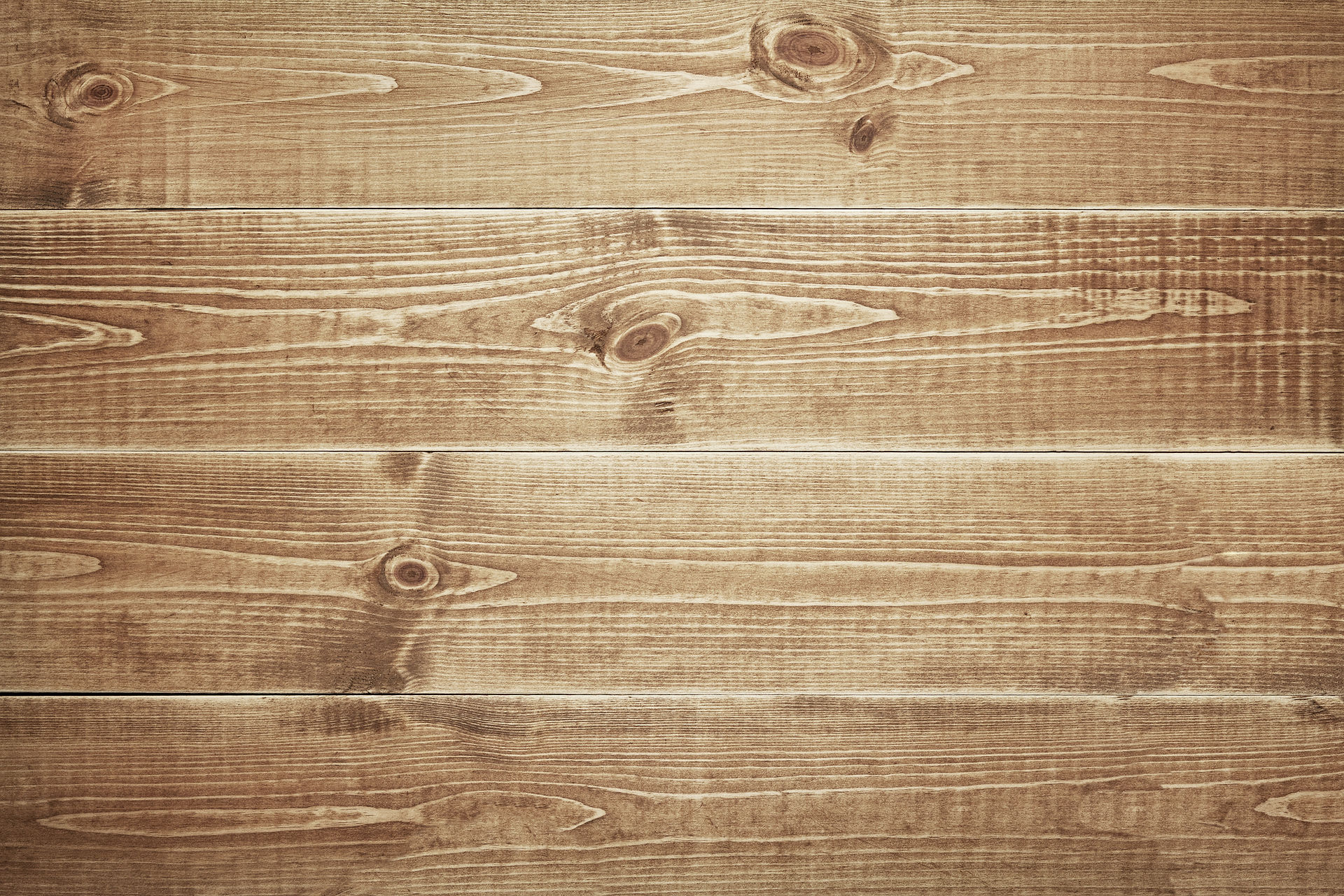Preserving Historic Architecture: Techniques and Benefits
- Information@ Millards Crossing

- Oct 20
- 3 min read
Historic buildings are more than just old structures; they are tangible links to our past. Preserving these buildings helps maintain cultural identity, educates future generations, and supports sustainable development. This article explores the importance of preserving historic buildings, the techniques used, and the benefits that come with this practice.
The Importance of Preserving Historic Buildings
Preserving historic buildings safeguards the architectural heritage that defines a community's character. These buildings tell stories of different eras, showcasing craftsmanship, design trends, and cultural values. When historic buildings are preserved, they:
Maintain cultural continuity: They connect present and future generations to their roots.
Promote tourism: Many travelers seek destinations rich in history and unique architecture.
Support local economies: Restoration projects create jobs and increase property values.
Encourage sustainability: Reusing existing structures reduces waste and the need for new materials.
For example, the Sitton Dog Trot house in Texas is a classic example of early American frontier architecture. Its preservation allows visitors to experience a piece of 19th-century life firsthand.

Techniques for Preserving Historic Buildings
Preserving historic buildings requires specialized techniques to maintain their integrity while adapting them for modern use. Some common methods include:
1. Documentation and Research
Before commencing any work, it is essential to thoroughly document the building's existing condition. This process involves taking photographs, creating architectural drawings, and conducting historical research. Gaining insight into the original materials and construction techniques is key to guiding the restoration process.
2. Structural Stabilization
Older buildings often suffer from weakened foundations or framing. Stabilizing these elements ensures safety and prevents further deterioration. Techniques include underpinning foundations, reinforcing beams, and repairing masonry.
3. Material Conservation
Preserving original materials is a priority. This may involve cleaning, repairing, or consolidating wood, stone, brick, or plaster. When replacement is necessary, materials that match the original in composition and appearance are used.
4. Adaptive Reuse
To keep historic buildings functional, adaptive reuse transforms them for new purposes without compromising their character. For example, an old factory might become loft apartments or a community center.
5. Environmental Control
Installing modern HVAC systems and insulation helps protect the building from moisture and temperature fluctuations, which can cause damage over time.

How to Preserve a Historical Building?
Preserving a historical building involves a careful balance between maintaining authenticity and ensuring usability. Here are practical steps to follow:
Step 1: Assess the Building’s Condition
Hire a professional to conduct a thorough inspection. Identify structural issues, material decay, and any previous alterations that may affect restoration.
Step 2: Develop a Preservation Plan
Create a detailed plan outlining the scope of work, budget, and timeline. Include goals such as preserving original features, improving energy efficiency, and complying with local preservation laws.
Step 3: Obtain Necessary Permits
Historic buildings often fall under special regulations. Work with local preservation boards to secure permits and ensure compliance with guidelines.
Step 4: Use Skilled Craftsmen
Engage professionals experienced in historic restoration. Their expertise ensures that repairs respect the building’s original craftsmanship.
Step 5: Monitor and Maintain
After restoration, regular maintenance is crucial. Schedule inspections and address minor issues promptly to prevent major damage.

Benefits of Historic Architecture Preservation
The benefits of preserving historic buildings extend beyond aesthetics. They include:
Economic Advantages: Restoration projects create jobs and attract tourism, boosting local economies.
Environmental Impact: Reusing buildings reduces demolition waste and the demand for new construction materials.
Educational Value: Historic buildings serve as living classrooms for architecture, history, and cultural studies.
Community Pride: Preserved landmarks foster a sense of identity and pride among residents.
Increased Property Values: Neighborhoods with well-maintained historic buildings often see higher real estate values.
Communities that invest in historic architecture preservation often experience revitalization, turning neglected areas into vibrant cultural hubs.
Maintaining the Legacy for Future Generations
Preserving historic buildings is a responsibility that benefits everyone. It requires commitment, knowledge, and respect for the past. By using appropriate techniques and understanding the value of these structures, we can ensure that future generations enjoy the rich heritage embodied in historic architecture.
Whether you are a property owner, community leader, or simply someone who appreciates history, supporting preservation efforts helps keep our shared stories alive. Embrace the challenge of maintaining these treasures and contribute to a sustainable and culturally rich future.





Comments